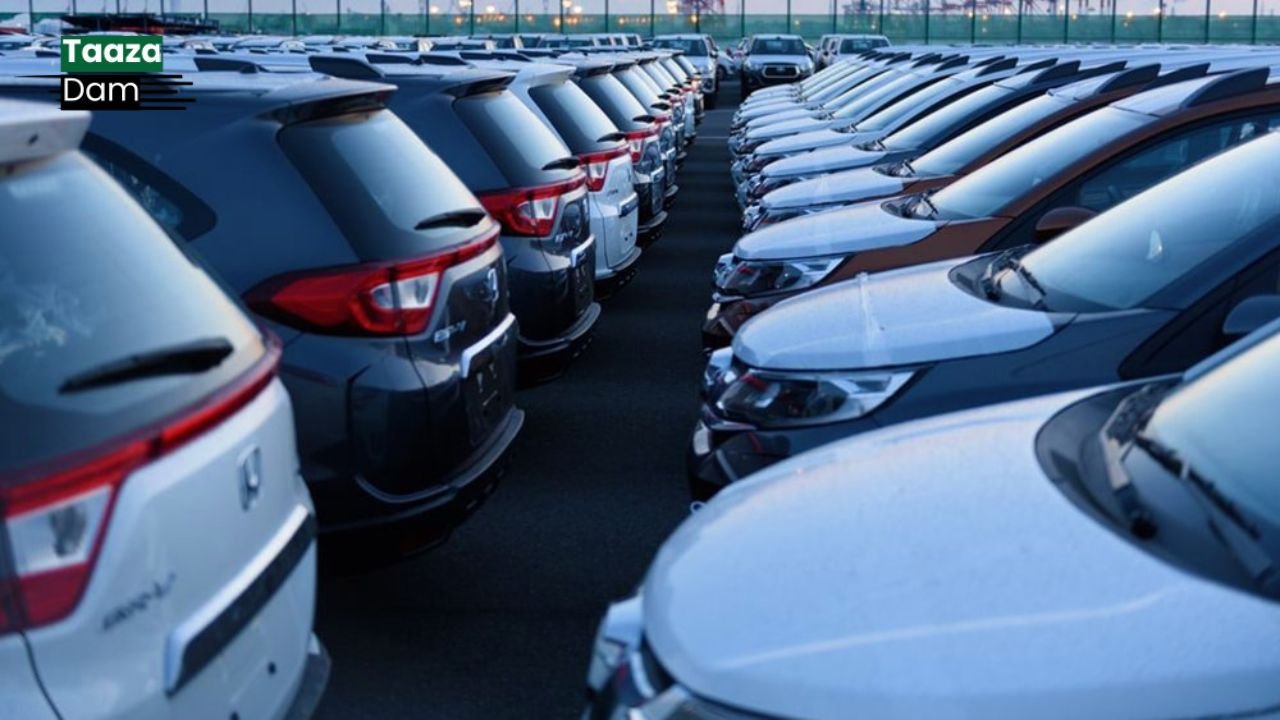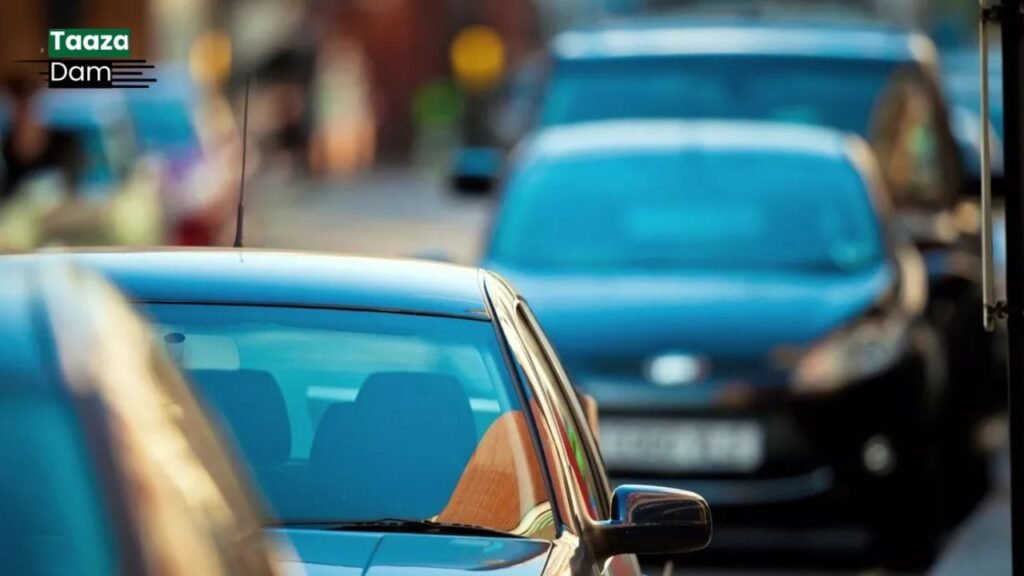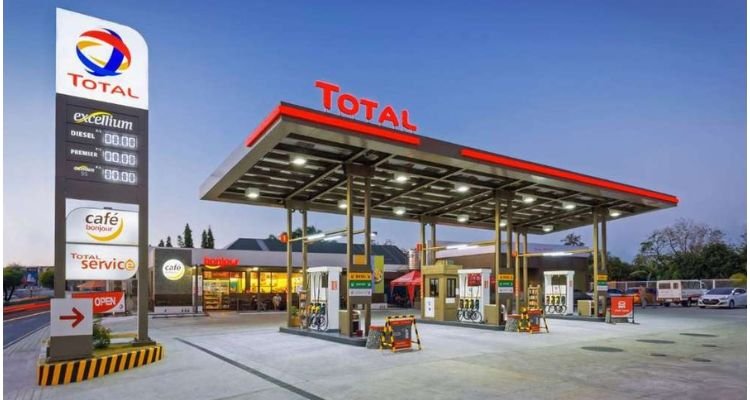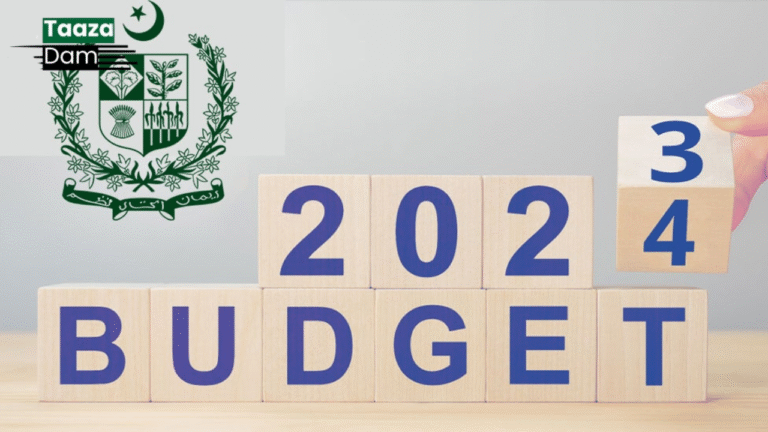Pakistan’s FBR Considers 18% Sales Tax on Local Car Industry

FBR Proposes 18% Sales Tax on Small Cars in Pakistan
The Federal Board of Revenue (FBR) is reviewing a proposal to raise the sales tax on locally manufactured or assembled cars with engine capacities up to 850cc from the current 12.5% to the standard 18%. This change is being considered as part of the upcoming 2025–26 federal budget.
Background and Rationale
Currently, smaller vehicles benefit from a reduced sales tax rate of 12.5%. The proposed increase aims to align this rate with the standard sales tax, thereby eliminating existing concessions. This move is part of a broader strategy to enhance government revenue by standardizing tax rates across various goods and services.

Potential Impact on Consumers and the Auto Industry
If implemented, the tax hike could lead to a significant increase in the prices of small cars, making them less affordable for middle- and lower-income consumers. Industry experts warn that this could result in a decline in auto sales and potentially slow down the growth of Pakistan’s local automobile industry.
Additional Taxation Measures Under Consideration
Beyond the sales tax adjustment, the FBR is also contemplating:
- Increasing Withholding Tax (WHT) rates on vehicles with engine capacities above 1,300cc.
- Allowing the import of used vehicles up to five years old, expanding the current limit from three years.
These measures are part of a comprehensive review aimed at broadening the tax base and increasing revenue.
Industry Response and Concerns
The automotive sector has expressed concerns over the proposed tax increases. Stakeholders argue that higher taxes could dampen consumer demand, leading to reduced production and potential job losses within the industry. They urge the government to consider the broader economic implications before finalizing these measures.
Conclusion
As the government finalizes the 2025–26 budget, the proposed tax changes, especially the increase in sales tax on small cars, are poised to have significant implications for consumers and the auto industry. Stakeholders await the final decisions, hoping for a balanced approach that considers both revenue generation and economic growth.






